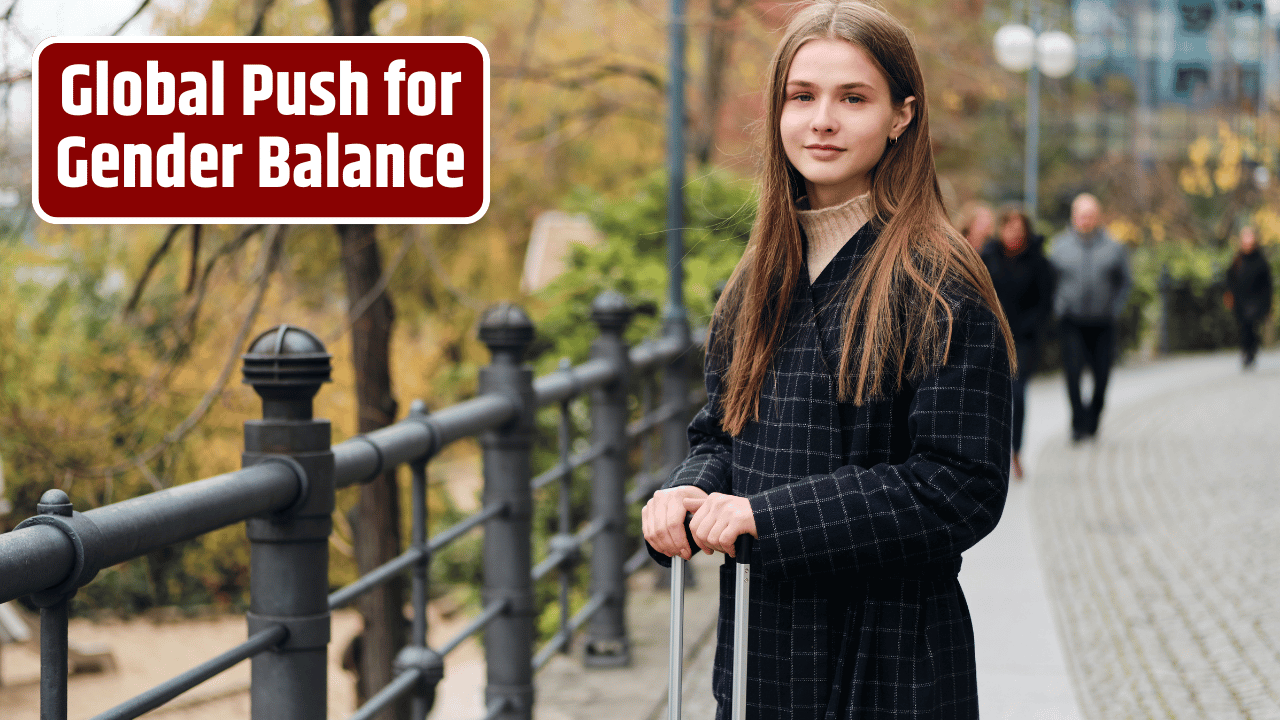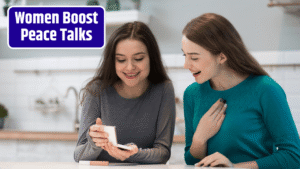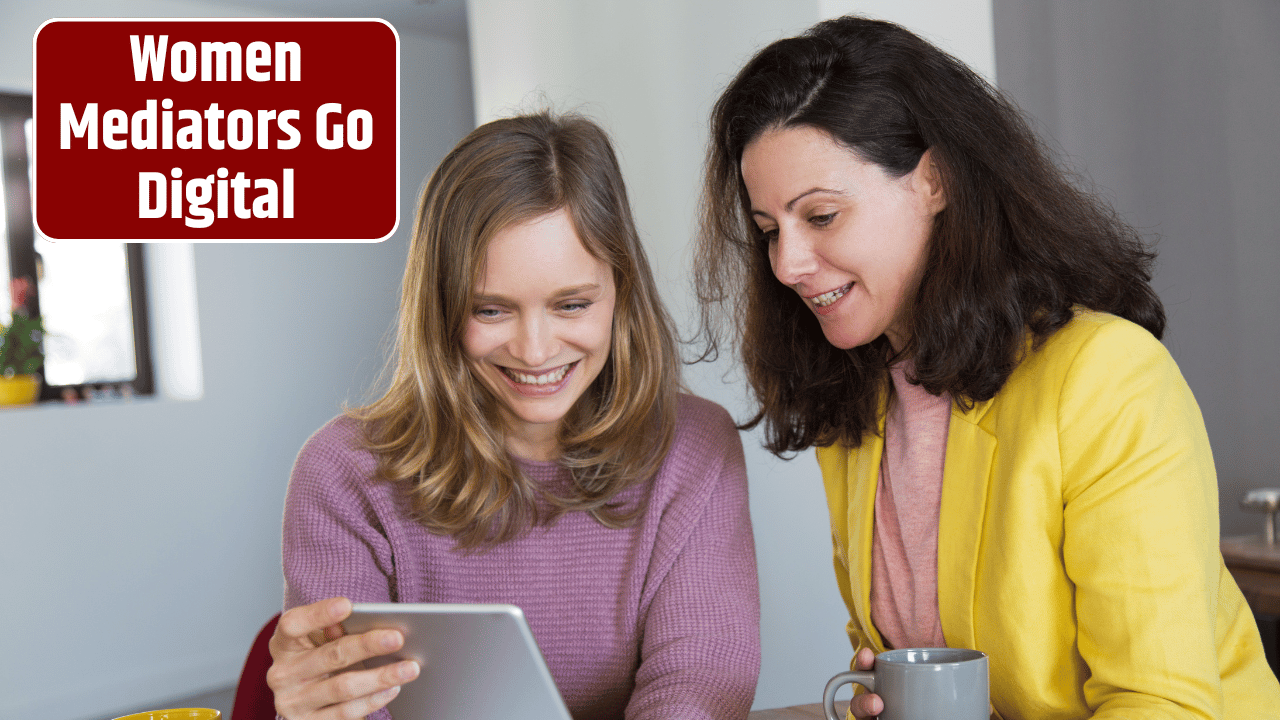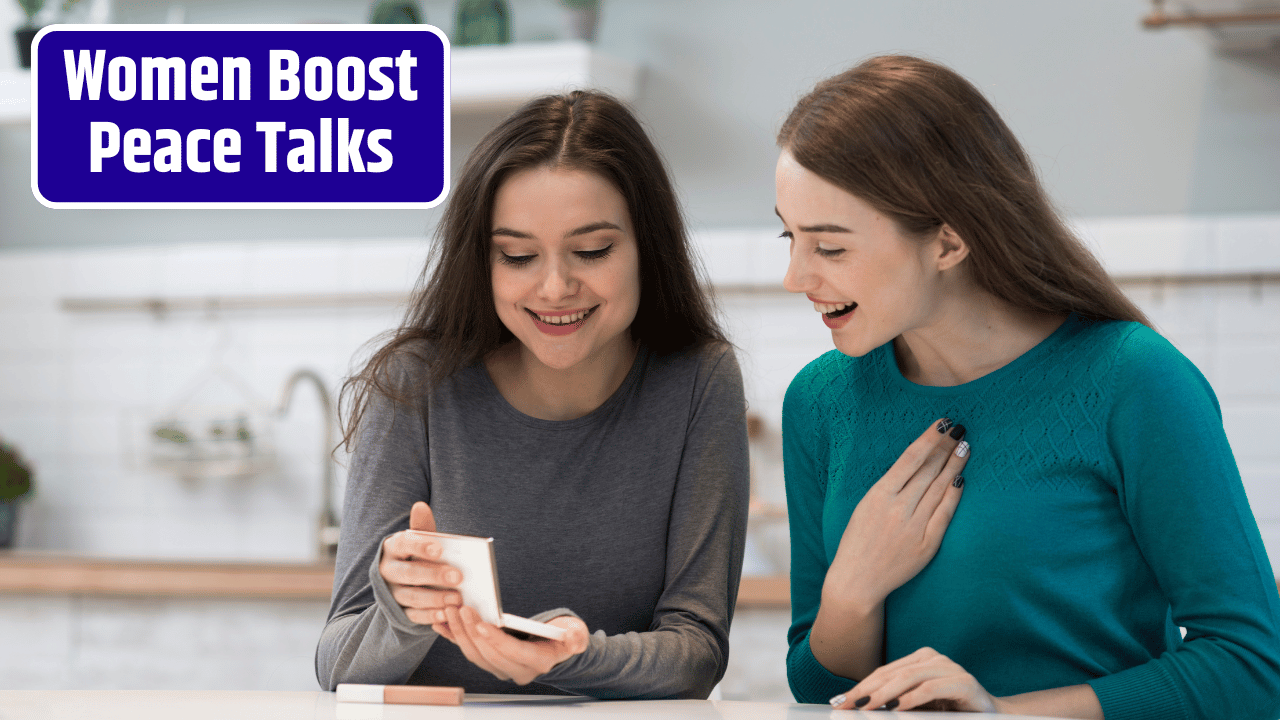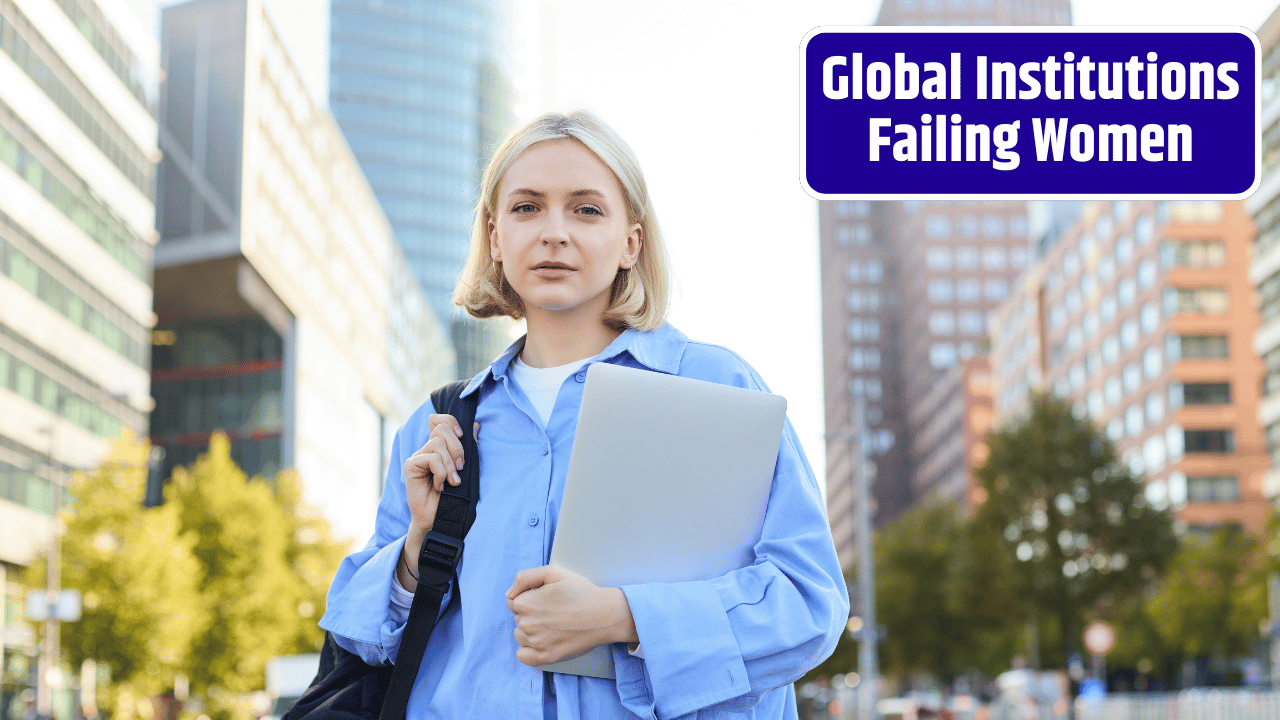Another high-level summit. Another round of peace negotiations. Another glossy photo of men in suits shaking hands — while the people who’ve borne the brunt of the conflict watch from the sidelines, again.
But a global reckoning is building.
A new international campaign, launched under the banner #EqualPeace, is taking direct aim at one of diplomacy’s longest-standing blind spots: the chronic exclusion of women from peacebuilding and foreign policy decisions.
It’s not just about symbolism anymore. It’s about power, equity, and the long-term survival of peace agreements.
Table of Contents
The Campaign: What’s #EqualPeace Really About?
The #EqualPeace campaign is a coalition effort between 40+ countries, dozens of grassroots women’s organizations, and several multilateral giants like the UN, African Union, and EU. It’s backed by heavy-hitters like Sweden, Kenya, Canada, and Mexico, and it’s hitting the global stage with three loud demands:
- 50/50 Gender Representation in all peace negotiation delegations by 2030
- Direct funding for local women-led peace initiatives in conflict zones
- Policy enforcement mechanisms to hold nations accountable for gender commitments in diplomacy
It’s bold. It’s overdue. And it’s being built from the ground up and the top down — a rare combination in international politics.
Why This Matters (and Why It’s Not Just a “Women’s Issue”)
Let’s be real — this isn’t just about fairness or feminism. It’s about results.
Here’s what the data tells us:
- Peace agreements with women involved are 35% more likely to last at least 15 years
- Women tend to broaden peace agendas to include education, healthcare, economic recovery, and reparations
- In post-conflict zones, female mediators are often more trusted by local communities than external actors
And yet, women made up only:
- 6% of mediators
- 13% of negotiators
- 7% of peace agreement signatories
…in major peace processes between 1992 and 2019.
Let that sink in. We’ve tried it the all-male way for decades. Maybe it’s time to mix it up?
What’s New This Time?
We’ve seen gender initiatives before. Some with heart, few with bite. But #EqualPeace isn’t rolling out soft-focus brochures and empty platitudes. Here’s what’s different:
1. Hard Targets, Not Vague Promises
Countries that sign on will be required to publish annual gender balance reports on peace and diplomatic efforts — publicly. And if they don’t hit benchmarks? They risk losing eligibility for international peacebuilding grants.
2. Funding Where It’s Desperately Needed
The campaign is pledging $1 billion in direct funding over five years to support grassroots women’s organizations — the ones already doing peace work on the ground, often unpaid and under threat.
3. Peace Table Index
A first-of-its-kind Peace Table Index will publicly rank countries on how inclusive their peace efforts are. Think of it like the Democracy Index — but for gender equity in diplomacy.
4. Youth + Indigenous Women at the Forefront
Not just any women. The campaign is prioritizing intersectional inclusion — from young peace activists in Myanmar to Indigenous negotiators in Canada. Because peace isn’t one-size-fits-all.
Spotlight on Voices Driving the Movement
This campaign didn’t come out of thin air. It was pushed forward by women who’ve been doing this work in the shadows for years:
- Visaka Dharmadasa in Sri Lanka, who turned her grief over a missing son into a peace campaign that brought together mothers from both sides of the civil war.
- Betty Bigombe in Uganda, who risked her life mediating with the Lord’s Resistance Army.
- Salam Kawakibi in Syria, who’s fighting for inclusive peace frameworks in exile-led diplomacy circles.
These aren’t symbolic leaders. They’re the blueprint.
Global Momentum Is Building
Several nations and institutions have already signed on to #EqualPeace — and more are expected at the next UN General Assembly.
| Country/Organization | Commitment |
|---|---|
| Canada | 50% women in all peace delegations by 2027 |
| Kenya | National funding for women-led peace groups |
| European Union | Support for Peace Table Index + $200M pledge |
| Colombia | Gender-balanced transitional justice panel |
| UN Women | Campaign coordination + data tracking |
Private sector? They’re stepping in too — with Google.org, Open Society, and Ford Foundation pledging digital infrastructure, data tools, and grant support for women-led diplomacy.
Critics Say…
Of course, not everyone’s cheering.
Some critics argue quotas may lead to “unqualified” women getting seats. But this ignores the fact that most male-dominated peace processes fail to deliver sustainable outcomes.
Others claim it could “slow down” negotiations. But peace that’s rushed is peace that doesn’t last — and inclusive processes actually prevent relapse into violence.
And then there’s the “culture” argument — that some societies just aren’t ready for women in public roles.
To which the response is: ready or not, they’re already leading.
What Comes Next?
The campaign officially launches across 15 countries this fall, with coordinated media pushes, educational events, and a social media storm. Expect #EqualPeace to trend hard — and not just among activists.
This is the global community putting its foot down: there can be no peace without equality, and no more peace tables without women.
FAQs
Isn’t this just another UN campaign? Will it actually do anything?
This is a multi-stakeholder campaign with enforcement and funding mechanisms — not just symbolic events. If countries don’t follow through, they lose resources.
How can we be sure women included in peace talks are representative?
That’s why the campaign emphasizes grassroots inclusion, not just elite women. Quotas are paired with local vetting processes and transparency measures.
Won’t this politicize peacebuilding even more?
Peace has always been political. This campaign simply adds a long-ignored demographic to the decision-making — half the planet.
How can individuals support the campaign?
Share the stories. Support women-led organizations. Pressure your government to sign on and fund gender-inclusive diplomacy efforts.

